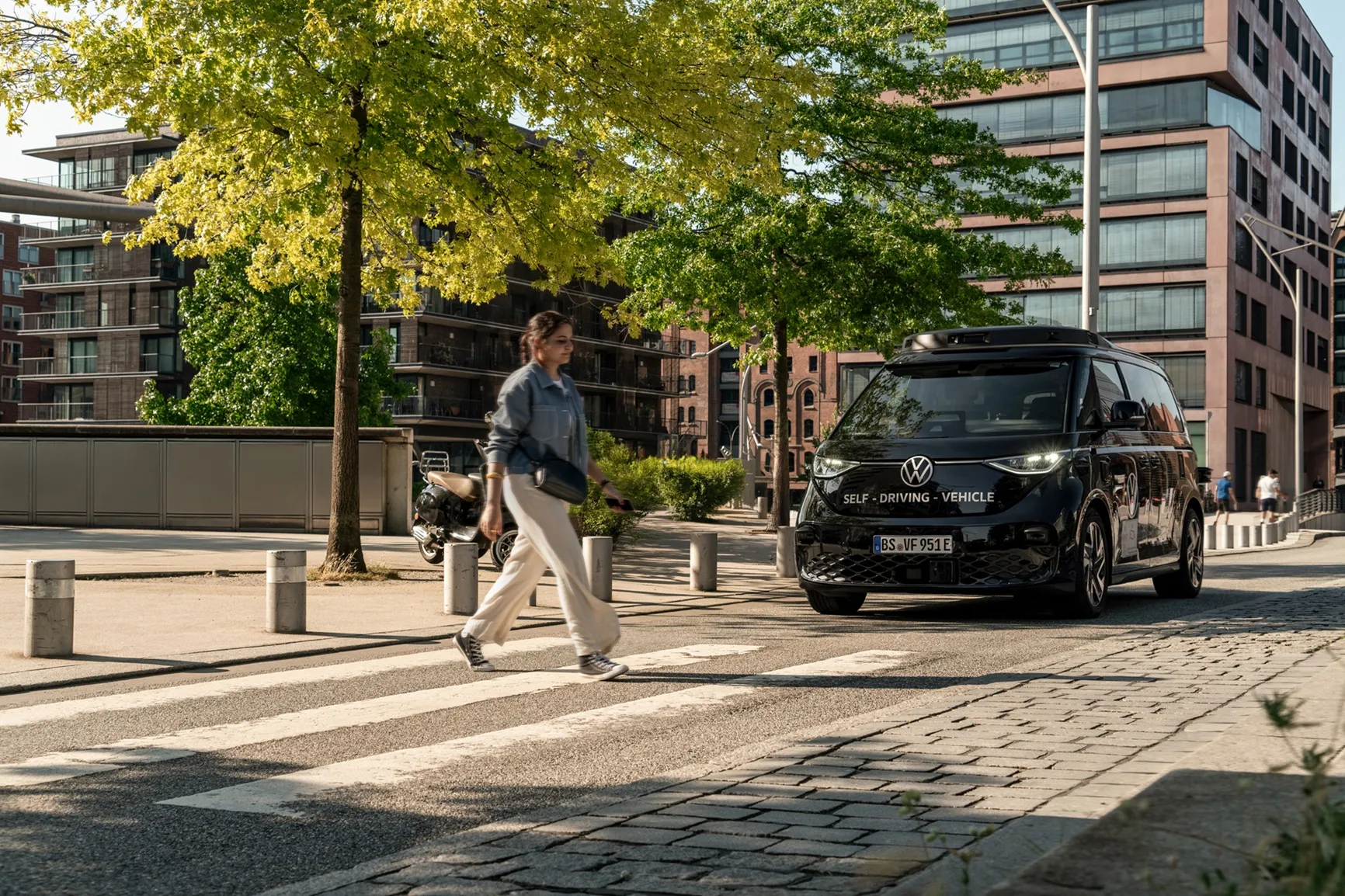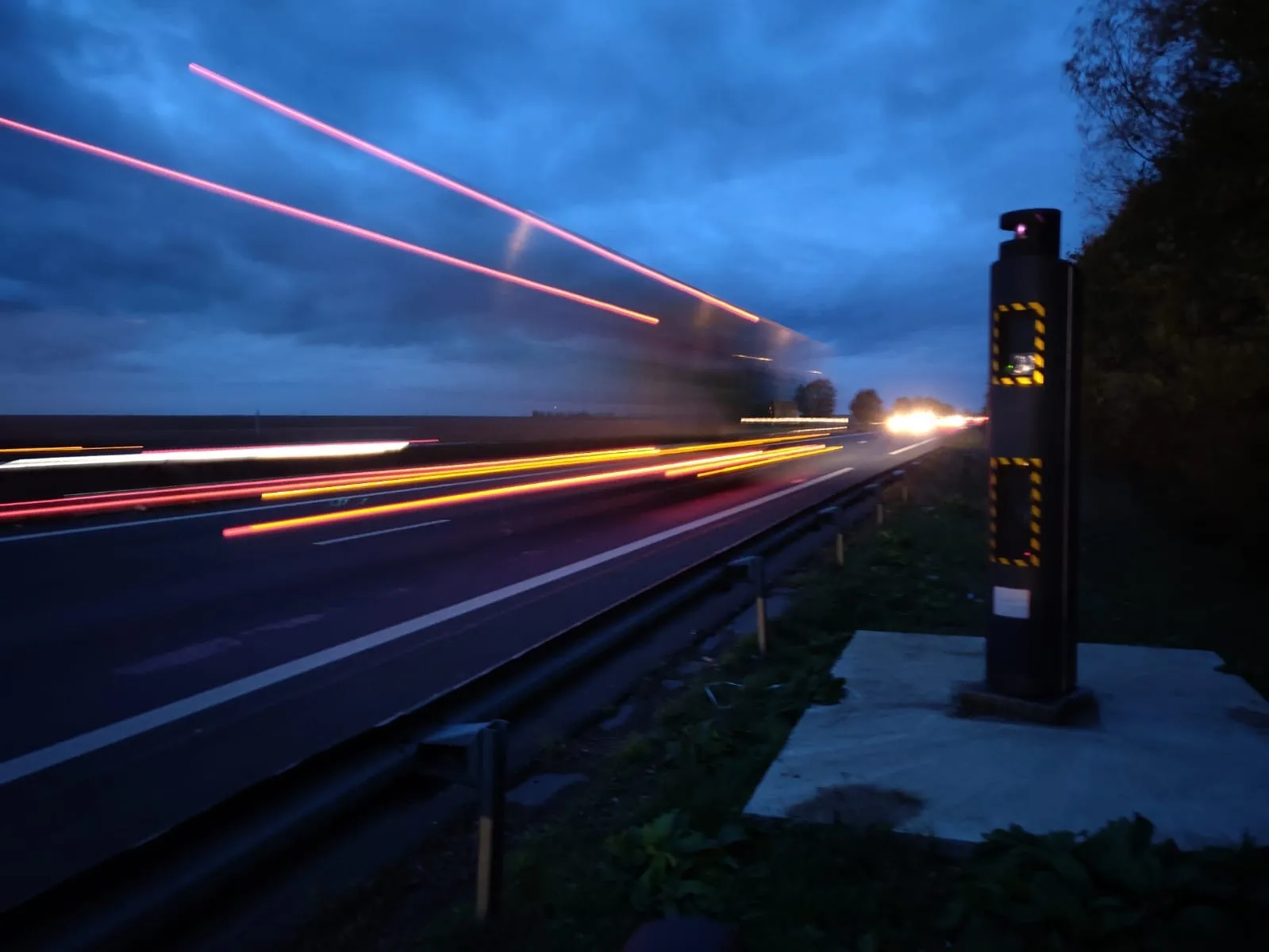
Lidar specialist Cepton has won a "multi-million dollar sales contract from one of the largest highway tolling system operators in the US".
While not naming the customer, Cepton says the deployments of its Sora series Lidar sensors will be on "several major tollways located in the Tri-State area and northern California".
The company adds that the deal is expected to be "the largest commercial Lidar deployment in the tolling sector to date, with potential to scale outside of the US for future projects".
Cepton’s Sora lidars will capture 3D profiles of vehicles passing at highway speeds, facilitating free-flow, electronic toll collection.
The firm says gantry-based systems "powered by Lidar intelligence" are much more accurate than ground loops and will minimise toll leakage.
“Lidar has tremendous potential to transform the tolling industry," says Jun Pei, co-founder and CEO of Cepton.
He expressed confidence that the deal "will advance the use of Lidar across multiple smart infrastructure sectors".










